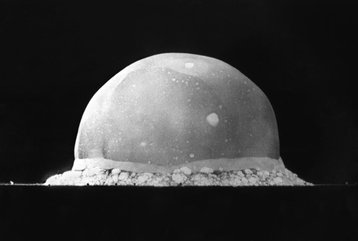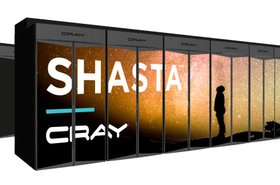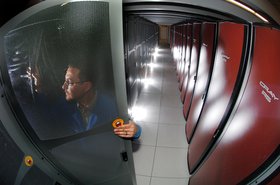The US Department of Energy's Los Alamos National Laboratory has installed a new Cray XC50, with Marvell ThunderX2 Arm processors.
The high performance computing (HPC) system was funded by the National Nuclear Security Administration’s Advanced Simulation and Computing Program, and will be used to run classified simulation code as part of the NNSA's Stockpile Stewardship Program.
A small deployment of several hundred nodes, 'Thunder' marks Los Alamos' first foray into Arm supercomputers, but comes after Sandia National Laboratories and HPE built the world’s largest Arm-based supercomputer, Astra, also designed for NNSA workloads.
Arms for arms
“For too long, the community has been driving for peak operations per watt, while mission-critical, national security applications have extracted fewer usable operations per peak FLOPS (floating-point operations per second) even after spending enormous time and energy revamping applications to mate to machines on this peak FLOPS quest,” Gary Grider, leader of the HPC Division at Los Alamos, said.
“Our focus is on fostering efforts and systems that enable efficient mission-focused computing at extreme scale.
"The simulations run at Los Alamos use highly irregular data structures that require high-fidelity, multi-physics applications that utilize petascale datasets and workflows for the security of the nation.”
The Marvell ThunderX2 processors - previously known as Cavium ThunderX2 processors, until the company's acquisition this summer - are based on the Arm v8-A architecture. Los Alamos and Marvell are working together on future enhancements to the overall processor and memory subsystem that will build on existing chip capabilities.
“The deployment of ThunderX2 processors at Los Alamos National Laboratory to run simulation codes for extreme-scale national-security mission work is a significant milestone for Arm-based server technology,” Gopal Hegde, VP and GM of server processor business unit at Marvell, said.
“Los Alamos will benefit from the ThunderX2 processor’s key design and optimization principles. These design features will have direct impact on the efficiency and performance of some of the most challenging applications and use cases in high performance computing.”




